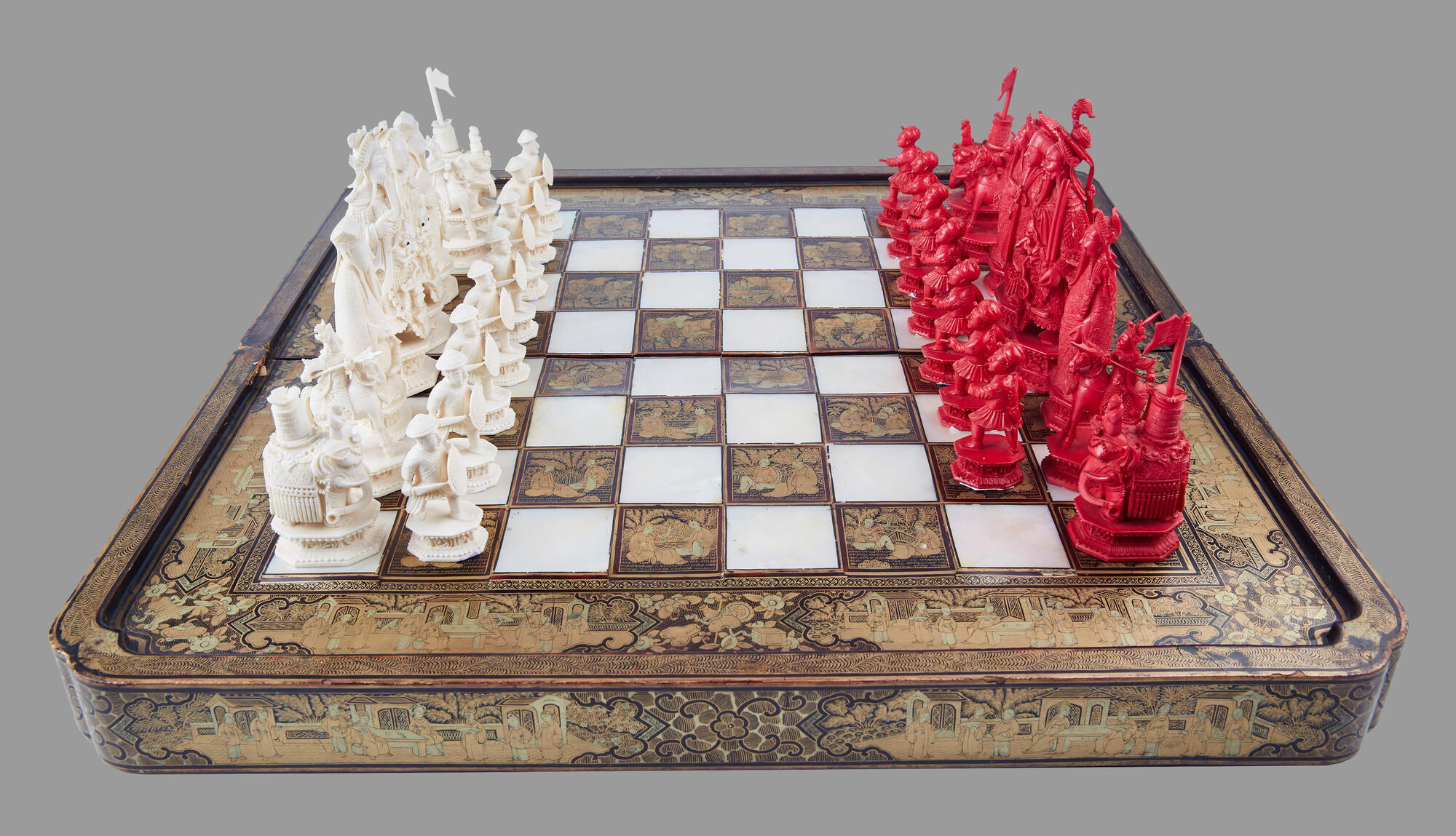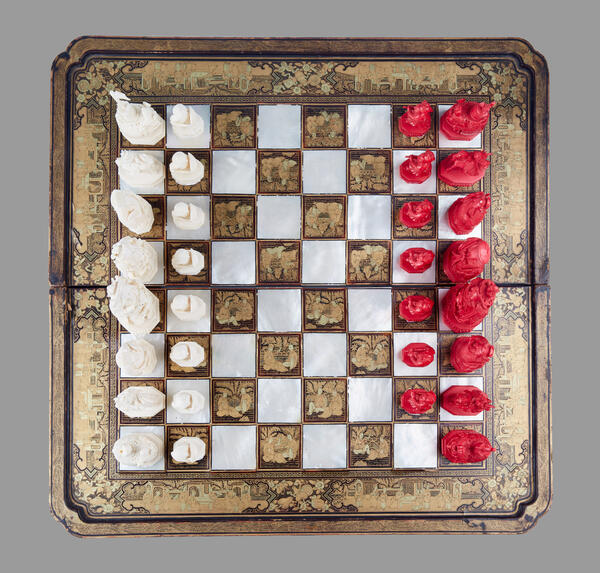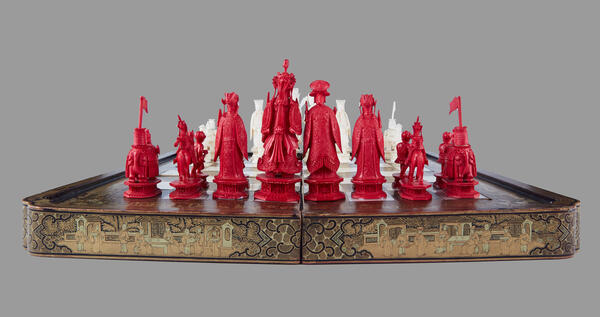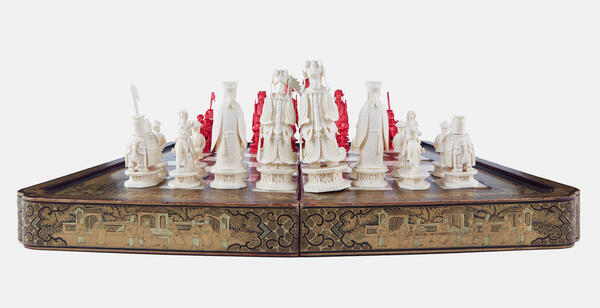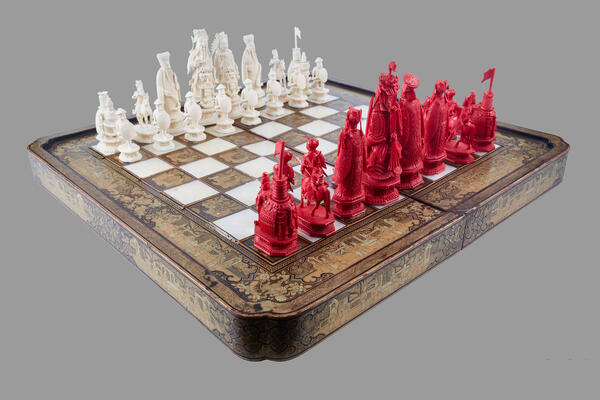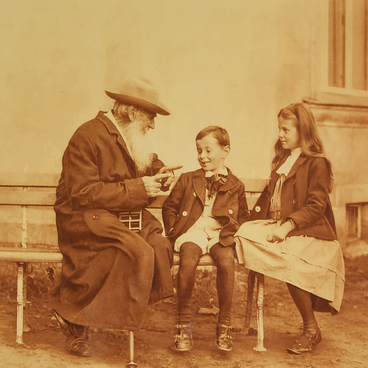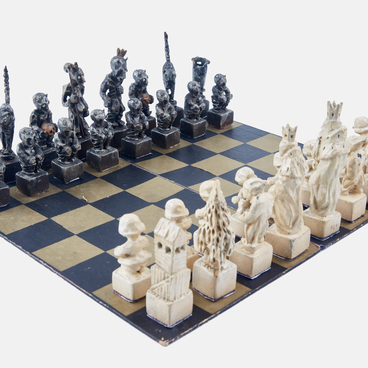The paternal great-grandfather of Alexander Goldenweiser was Yakov Moiseyevich Eikhenbaum, a well-known Odessa chess lover. He wrote the poem “Gakrab” (“Battle”), which, in fact, was an entertaining manual on chess for children. The pianist’s father, Boris Solomonovich, was fond of chess: he was well acquainted with Mikhail Ivanovich Chigorin, the strongest chess player and the first from Russia to participate in the match for the world champion title — Chigorin gave him a set of the Chess magazine with a warm dedication. This magazine became an important part of Goldenweiser’s extensive collection of books about chess.
In the memorial apartment of Alexander Goldenweiser with a unique collection of chess, many items remind of the musician’s love for this game. One of the sets, made of ivory, a miracle of art, was presented to Goldenweiser and was hardly used for playing. These chess pieces were brought as a gift to the pianist by his father-in-law, Alexey Semyonovich Sofiano, from China in 1905, after the end of the Russo–Japanese War.
Alexey Sofiano, Lieutenant General of the Russian Imperial Army, participant in the Russo–Turkish, Russo–Japanese and World War I, was born on January 4, 1854, into the family of a retired captain of the first rank. He graduated from the St. Petersburg military gymnasium and on August 12, 1871, joined the military. In 1904, during the Russo-Japanese War, Sofiano was awarded the rank of colonel for his courage. Returning home, he brought a gift to his beloved son-in-law — a set of white and red chess. The incredibly finely carved chess figures depicted the Chinese imperial Qing Dynasty during the reign of the 19th century.
The Qing Dynasty was the last dynasty of China, which ruled the country for three centuries. During this reign, significant results were achieved in many areas of Chinese society: there was an unprecedented rise in culture, especially in the field of literature, arts and crafts and painting. And the large imperial army was a guarantee of the strength and invincibility of China. Unknown sculptors made amazingly beautiful chess pieces in the form of figures of emperors and their consorts, nobles, and wise scientists, dressed in traditional clothes, with emblems of a certain level of the hierarchical Chinese society in their hands. Skillfully made details create a feeling of lightness, weightlessness, and finesse.
